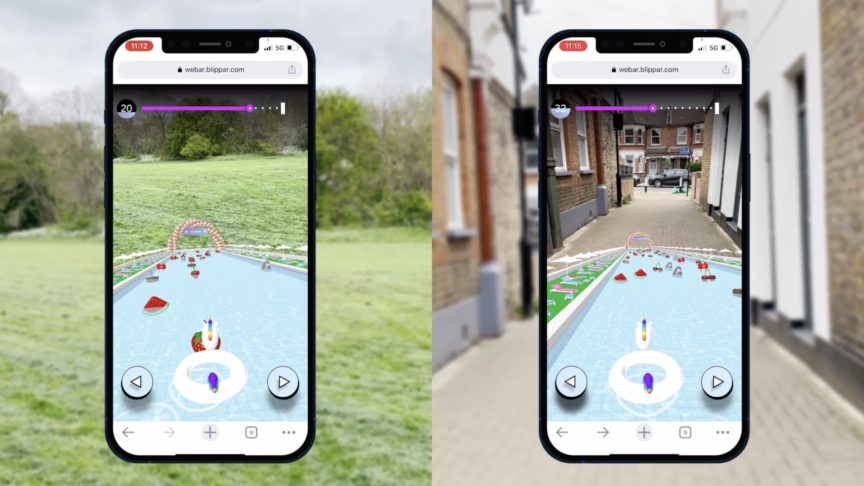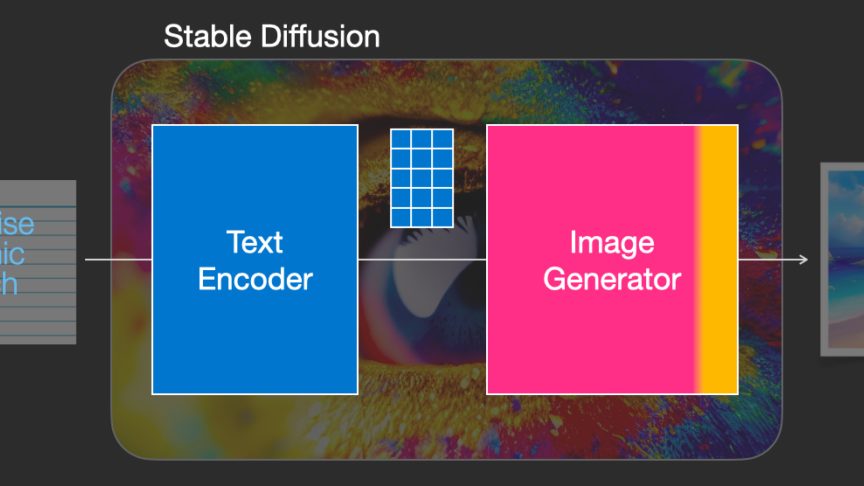From Hollywood to Reality: Blippar in the Enterprise Space
July 11, 2016
From Hollywood to Reality: Blippar in the Enterprise Space

During my internship at Blippar, I came across the "enterprise opportunity" for augmented reality (AR) and was instantly fascinated. Having seen the movies Minority Report and Iron Man, I was surprised to learn that the future of effortlessly interacting with dynamic intelligence isn’t as far away as I had thought. By 2020, projections of the industry size vary from $800 million to $8 billion and although the technology won’t yet be quite as advanced as those movies (blame Hollywood for raising expectations!), it’s certainly compelling.
Smart Glasses Use Case
Blippar’s mission in this space is to use computer vision and AR to make the world more operationally efficient. The most prominent use case of this is AR for smart glasses. By wearing smart glasses (or a head-mounted display) users can see digitally layered information, both contextual and dynamic, to help inform and execute processes much faster and with fewer errors. Think "vision picking" in a warehouse, engineering staff extracting a 3D diagram from text instructions or a doctor viewing an AR MRI scan during surgery.
However, while the use cases are both plentiful and varied, the technology still needs further development. On the hardware side this requires work on field of view (FOV) (e.g. Microsoft Hololens' 35° FOV is like a 15” TV from 2 ft away) but also bulkiness and processing power. On the software side, the speed and accuracy of real-time image processing must be improved to deliver a seamless, robust experience that can hold up in tough operating environments. With this in mind, Blippar has formed promising partnerships with Epson, Vuzix and ODG (all top tier hardware providers) and invested in WaveOptics (a smart glasses manufacturer), to become a leading player in the AR enterprise space.

Issues with the Hololens include field of view.
Data Related Use Case
Blippar can also improve enterprise operational efficiency through interaction data collected from its users. If that sounds ambiguous, let me explain!
All businesses strive for a 360° view of all their activities, as it helps them to design better customer experiences, optimise processes or increase sales. To achieve this, they integrate many data types (e.g. CRM, social media, sales, inventory, etc.) into a powerful analytics engine such as SAP HANA to find powerful relationships between entities. When a user blipps, they exhibit behaviours which represent quality real-world data. This data is input into the analytics engine to boost its intelligence and ultimately leads brands closer to full visibility over the entire consumer journey. With recent news that Blippar is now a certified SAP Partner, there is reason for brands to be excited.
A further, unanswered problem, revolves around the fact that 80% of enterprise data is unstructured, as data types like images, video and text are not stored in a database and therefore cannot be queried. Imagine if Blippar could tackle this problem by processing and cataloguing images to support the most image-intensive industries like healthcare, construction and manufacturing? An achievement like this would certainly be impressive.

The final question is, what’s next? These broad use cases along with the projected market size are clear evidence that the industry is moving in the right direction. Soon, large scale deployments will happen and as a business, Blippar will have to prioritise and utilise our technology in the most effective way possible. Only then can we start making the science fiction of yesterday from possibility into probability.
If you are interested in learning more about Blippar’s enterprise offering, please get in touch. [https://blippar.com/en/contact-us/]


